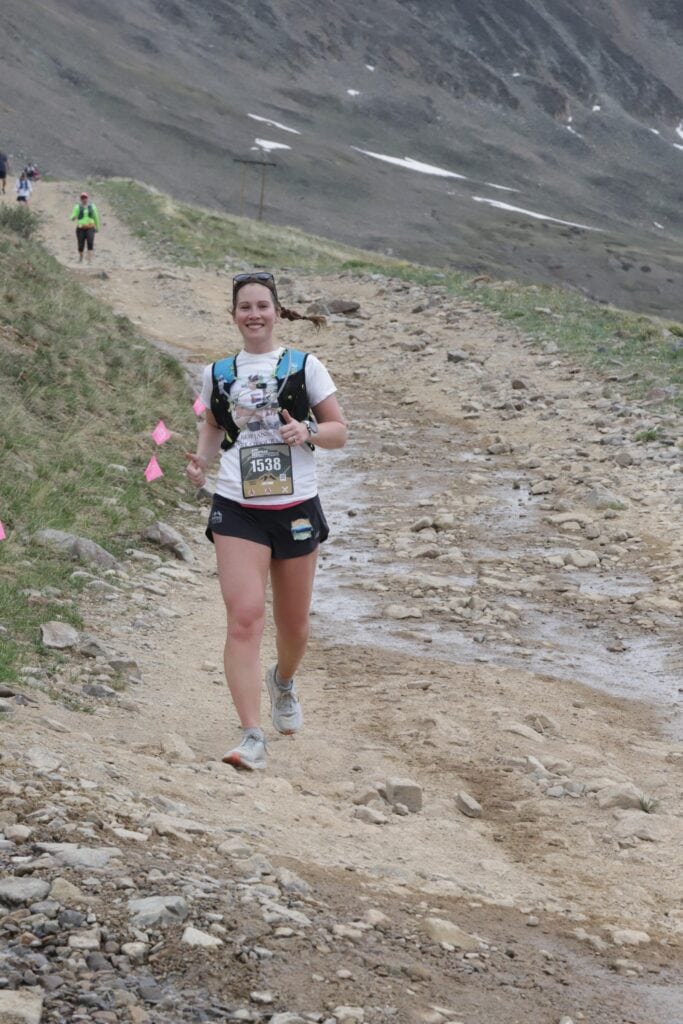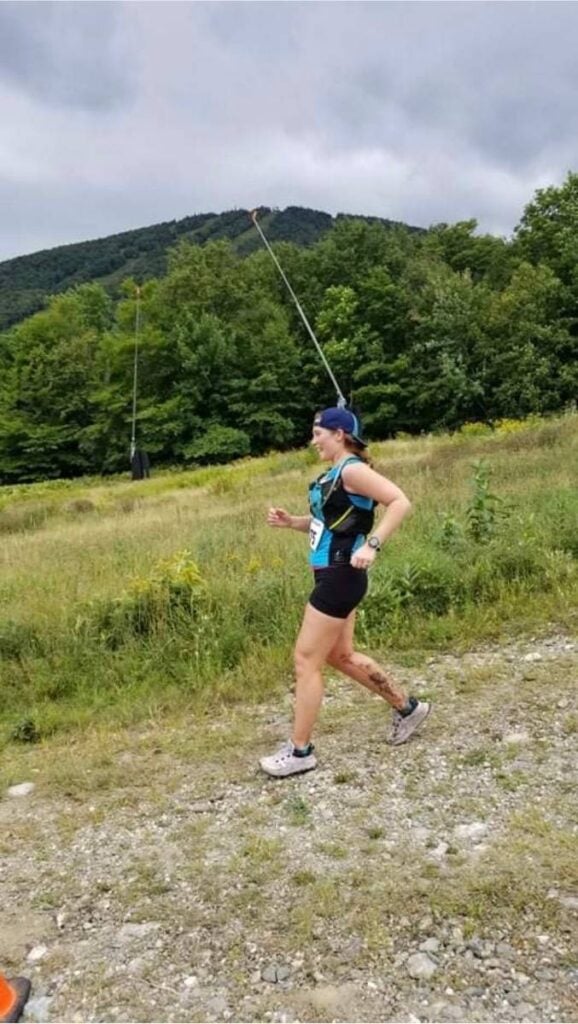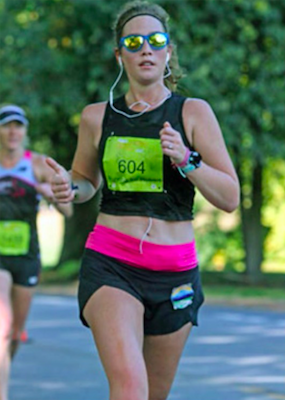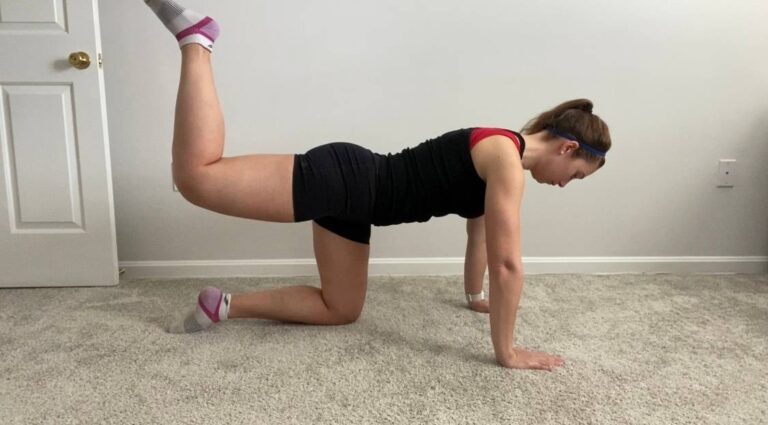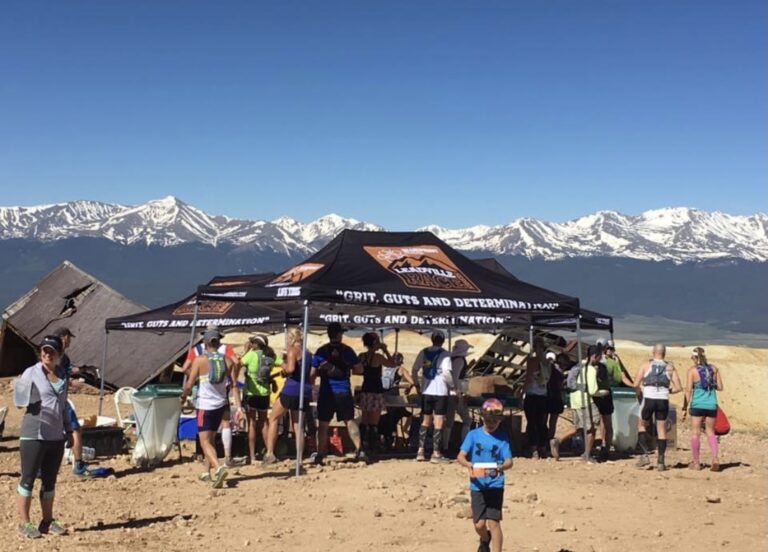Trail Running for Beginners: What to Know Before You Get Started
Now that warm weather has arrived, it may be tempting to take your runs from the roads to the trails for a change of scenery and quite literally, a change of pace. Before heading to the trails, take a few minutes to prepare yourself. Trail running is very different than road running and equipping yourself with proper gear and the right mindset will make for a successful adventure. This post explains what trail running is, best practices for off-road running, and trail running for beginners tips.
Trail Running for Beginners – Frequently Asked Questions:
What is trail running?
Trail running is running that takes place off the roads. It can be on a dirt path, up in the mountains, on a single-track trail… basically any unpaved surface and natural terrain!
Is trail running easier than road running?
This can vary from person to person, though there are many challenges with trail running that you don’t find on the roads.
For example, trail running is extremely technical. Expect to see everything but a paved road! While trail running, you will encounter tree roots, loose rocks, snow, mud, and streams. Make sure you’re ready to focus and stay mentally engaged while off-road running.
Additionally, steep climbs and descents are part of what makes trail running such a fun challenge. Because of the constant changes in elevation, trail running has a far less focus on paces, splits, and speed and more of a focus on giving appropriate efforts for whatever terrain you’re on.
Is it okay to walk on a trail run?
Yes! One phrase commonly used in the trail running world is “power hiking”. Power hiking is a technique that the best trail runners do to avoid hitting the wall and crashing too early in a race.
Basically, power hiking is a quick and fast form of hiking. Instead of burning through energy trying to run all the uphills, trail runners choose to power hike, which helps keep their pace steady, heart rate low and also conserves energy.
Trail Running for Beginners – 9 Tips to Help You Get Started
1. Run off effort, not pace.
One of the biggest differences between trail and road running is that speed is not the main focus on the trails – effort is. With rugged terrain and steep climbs and descents, trail running is all about giving the appropriate effort for the route that’s directly in front of you.
Running five miles on the trails will likely take much longer than five miles on the roads. Because of this, it’s important to shift focus from running a certain pace to running based on your effort. If you’re wearing a GPS watch, consider switching the watch face from showing your current pace to displaying the time of day, total time, or your heart rate.
2. Tell someone where you’re going and how long you’ll be
If you’re planning a trail run, it’s important to let at least one person know where you’re going and how long you expect to be running.
While running in the woods or the mountains, you may not have reliable cell phone service. In the off chance that something happens, like you’re running solo and get injured, then there will be at least one person who’s able to locate your whereabouts and send help.
3. Carry extra fuel and water.
Spoiler alert: you may get lost while running on the the trails and in addition to tip #2, it’s not a bad idea to plan for some extra time on your feet. More time running means more fuel and water needed, so consider throwing an extra gel or bar into your pack and filling up your bottle slightly more.
If you don’t have a hydration vest, it’s time to invest in one. The Nathan Hydration Running Vest holds two liters of fluids and also has pockets to store fuel and extra layers (tip #7). If you’re heading out for a short trail run, the Nathan Handheld Water Bottle holds 18 ounces of fluids and has a zippered pocket for fuel.
4. Bring a map
Even the best marked trails and race courses can be confusing and you may find yourself turned around. Take a deep breath and know that getting lost is a part of trail running. (This is why tip #2 – telling someone where you’re going and for how long – is so important).
It’s never a bad idea to bring a hardcopy of your route and a digital copy as well. The smartphone app “AllTrails” provides GPS tracking maps and the option to download for offline navigation.
5. Wear trail running shoes.
Trail running shoes provide more durability and stability than road running shoes. The stiffer shoe and extra protection help guard your feet against the natural terrain. Additionally, trail running shoes have lugged outsoles. The outsoles are made to grip rough terrain like mud, dirt, and loose rocks.
If you’re off to run on the trails, it’s not the time to wear carbon plated shoes. Leave those at home and choose a trail running shoe instead. Altra and Topo Athletic create waterproof and durable shoes made for rugged trail running adventures.
6. Stay alert.
People may not be the only living things you encounter on a trail run.
When you make the decision to trail run, you are choosing to run through the habitat of many different species, including deer, snakes, bears, mountain lions, moose, and more. Leave your headphones at home and be aware of your surroundings and who or what you might be disturbing.
When encountering wildlife on your trail run, always yield to the animal. Never become aggressive with wildlife and keep your distance. If an animal is on the path and will not move, turn around and find an alternate route.
7. Carry layers
If you’re at a higher elevation, it’s possible the temperature could drop or you could run into some late afternoon thunderstorms and strong winds. In this case, carry a warmer layer and rain shell with you and plan to be down from higher elevation by the early afternoon.
8. Be careful with your footing.
Unlike road running, trail running brings uneven terrain like snow, tree roots, slippery rocks, and stream crossings. Take one look off the trail in front of you and that could result in a nasty fall and injury.
Keep your focus on what’s ahead of you. When running downhill, look directly down in front of you so you can plan out your steps, many of which will be side-to-side.
Additionally, take small steps. Yes, your stride length will be different on the trails than it is on the roads! While power hiking, continue taking small steps to help conserve energy as you ascend a big climb.
9. Know that walking is a part of trail running.
Call it what you want – walking, hiking, or power hiking – it’s all a part of trail running. Because many trails include big ascents, running up steep inclines will burn through your energy much more quickly than if you were to slow to a power hike. Save your energy for the remainder of your run and choose to power hike instead.
Remember, trail running is not about speed, pace, or splits! The focus is shifted to 100% effort.
Trail Running for Beginners Recap:
- Run off effort, not pace
- Tell someone where you’re going and how long you’ll be
- Carry extra fuel and water
- Bring a map
- Wear trail running shoes
- Stay alert
- Carry layers
- Be careful with your footing
- Know that walking is a part of trail running
Interested in Run Coaching?
Looking to get coached for running or get started on the trails? I would love to help you reach your running goals! Email me at [email protected] or check out my Run Coaching Services page to learn more.
Comment Below:
Have you ever been trail running? If so, what’s one difference you noticed between trail and road running?







